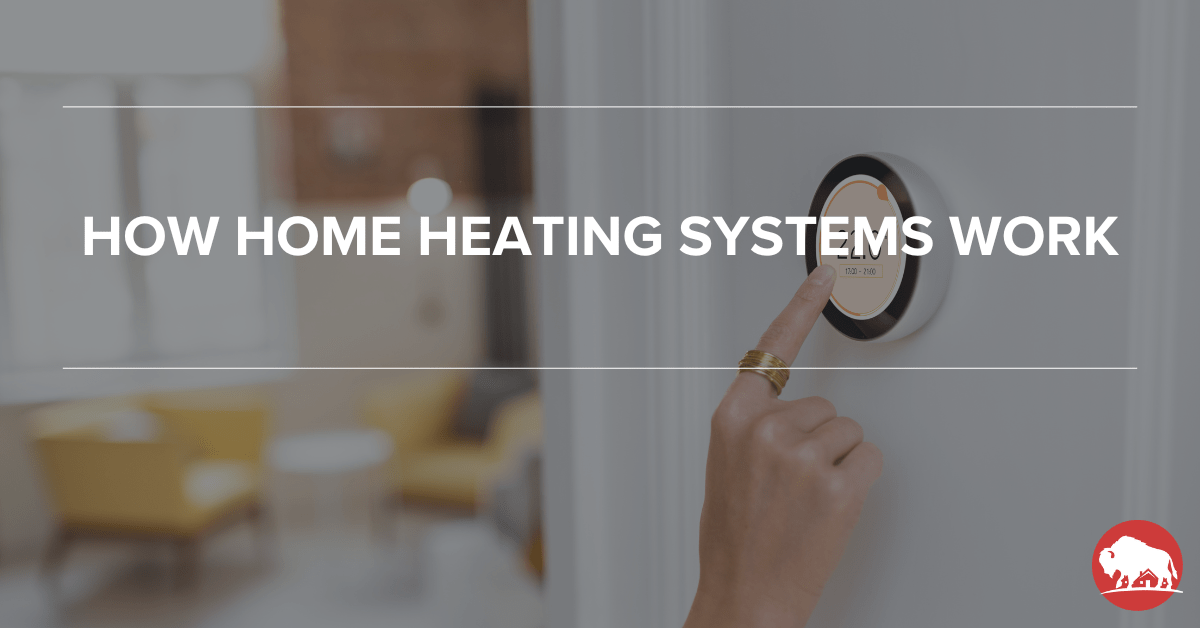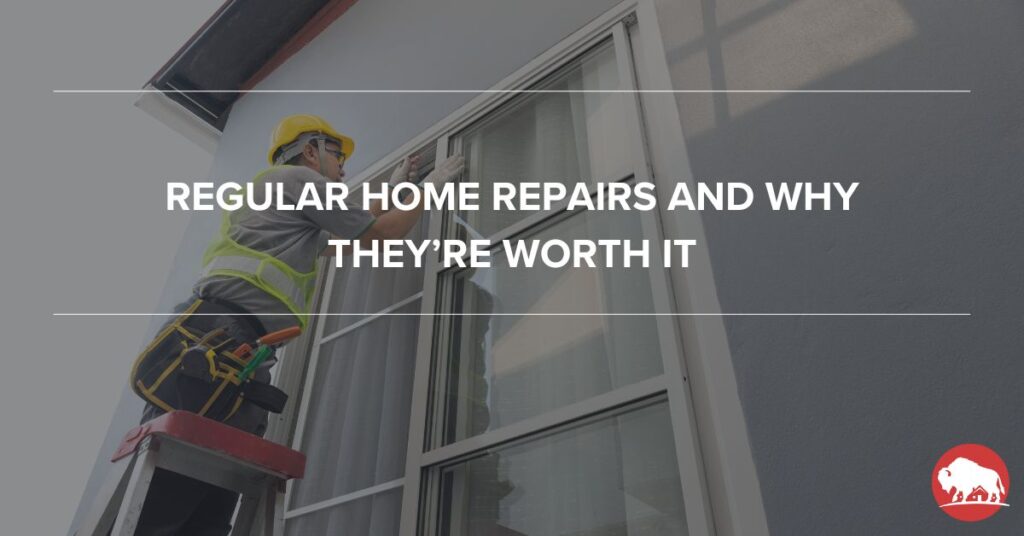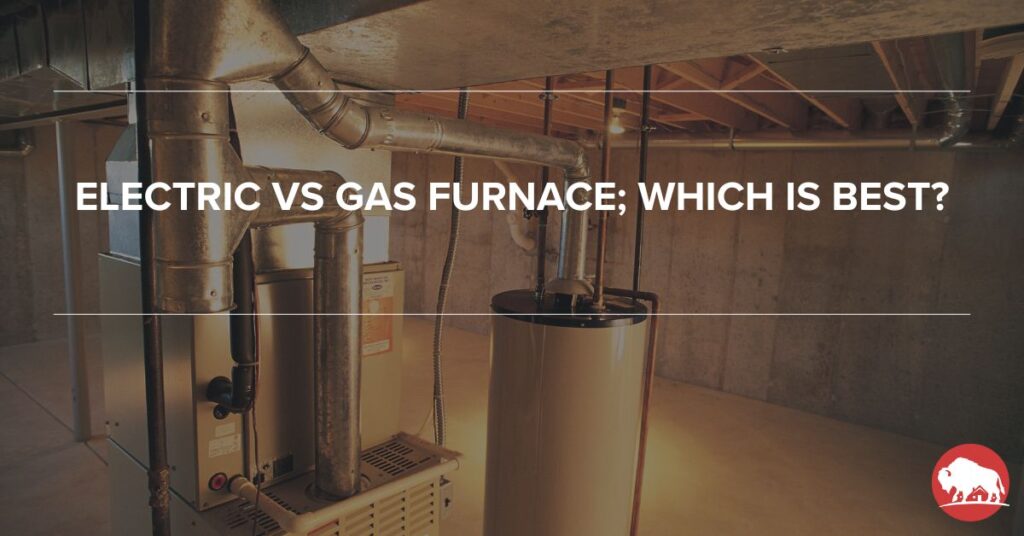When Northern Colorado’s winter’s chill sets in, we rely on our home heating systems to create a warm and cozy environment. However, many homeowners are unaware of how these systems operate or the best options available to them. In fact, a study by the U.S. Department of Energy found that heating accounts for approximately 45% of the average American home’s energy bills, making it the largest energy expense for most households. Understanding the ins and outs of home heating systems can help you save money, improve efficiency, and ensure your home stays comfortable all winter long. Let’s explore the different types of heating systems and how they work, so you can make informed decisions about keeping your home warm.
Types of Heating Systems
Forced Air Systems
Overview
Forced air systems are among the most common types of home heating systems in North America. They work by heating air and then blowing it through ducts into various rooms. It’s a fast way to warm up a house, but there’s more to it than just flipping a switch.
Components
A typical forced air system includes several key components:
- Air return ductwork: Brings air back to the system for heating.
- Blower: Pushes air through the system.
- Heating unit: Heats the air, often with a heat exchanger.
- Supply ductwork: Distributes the heated air throughout the home.
Types
Electric Resistance Heating
Electric resistance heating is straightforward: electric currents heat up elements, and air blown over these elements gets heated. It’s efficient in converting electricity to heat but can be pricey during extended cold spells.
Natural Gas/Propane Systems
These systems use burners to heat air, which is then circulated. They also vent combustion gases outside. They’re a popular choice due to their efficiency and relatively low operating costs.
Heat Pumps
Heat pumps are versatile—they can heat and cool your home. They work by moving heat from one place to another, using refrigerants. Air-source heat pumps draw heat from the outside air, while geothermal ones use stable ground temperatures.
Ductless Heat Pump/AC Systems
These “mini-splits” are great for homes without ductwork. They consist of an outdoor unit and one or more indoor units. They’re ideal for heating and cooling specific areas.
Cost Considerations
Installation costs can vary widely. Electric, gas, and propane systems are generally affordable, but adding ductwork can be costly. Heat pumps, especially geothermal, can be more expensive upfront but offer savings over time. Ductless systems can be budget-friendly for single-room heating.
Maintenance
Regular maintenance is key to keeping forced air systems efficient. This includes changing filters and keeping the outdoor condenser unit clean. Annual check-ups by an HVAC professional can prolong the system’s life and ensure safety.
Radiant Systems
Overview
Radiant systems heat your home more quietly and gently compared to forced air systems. Instead of blowing hot air, they heat surfaces, like floors or walls, which then warm the room.
Types
Passive Solar
This eco-friendly option uses the sun’s energy. Homes are designed to maximize solar gain, with materials that store heat. It’s cheap to operate but requires good design and location.
Boiler-Based Systems
These systems use boilers to heat water or steam, which then travels through pipes to radiators or floor tubing. They can provide even, consistent, comfortable heat.
Radiant Floor Heating
This system heats the floor, which then warms the room. It can be installed wet (in concrete) or dry (under tiles and plywood). It’s efficient and comfortable, especially for those cold mornings.
Baseboard Heating
These units can be electric or hydronic (using water). They heat the air close to the floor, which then rises and circulates. Hydronic units stay warm longer, making them a bit more efficient.
Cost Considerations
Costs can vary widely. Passive solar design can add to construction costs but save money in the long run. Boiler systems can be pricey, especially with extensive piping. Radiant floor heating’s cost depends on the installation method and home size.
Maintenance
Radiant systems generally require less maintenance than forced air systems. Boilers need annual check-ups, and electric systems should be inspected occasionally. For passive solar, keeping windows clean and ensuring good air circulation are key.
Sizing a Central Heating System
Importance of Proper Sizing
Getting the right size heating system is crucial. Too small, and it won’t keep your home warm enough; too big, and it can cycle on and off, wearing out components and causing temperature swings.
Consequences of Undersized Furnaces
An undersized furnace struggles to maintain the desired temperature, especially on cold days. It runs constantly, leading to higher energy bills and more wear and tear.
Consequences of Oversized Furnaces
An oversized furnace heats the space too quickly and shuts off, leading to “short cycling.” This can result in uneven temperatures and higher wear on the system.
How a Central Gas Furnace Works
Components and Functionality
A central gas furnace heats air using natural gas or propane. Here’s how it works:
Burner
Burns fuel to generate heat.
Heat Exchanger
Transfers heat from combustion gases to the air.
Blower Fan
Pushes the heated air into the home’s ductwork.
Draft Induced Fan
Helps draw in air and vent exhaust gases.
Ignition Switch
Lights the gas burner.
Flue/Chimney
Vents combustion gases safely out of the house.
Types of Gas Furnaces
Non-condensing Furnaces
Vents hot gases directly outside, less efficient but simpler.
Condensing Furnaces
Uses a second heat exchanger to extract more heat, making it more efficient.
Modulating Gas Furnaces
Adjusts the amount of fuel burned to maintain a steady temperature, reducing temperature swings and saving energy.
Conclusion
As we’ve explored, home heating systems come in various forms, each with its own set of benefits and considerations. Whether you have a forced air system that quickly warms your home, a radiant system that provides a gentle, even heat, or a central gas furnace with precise temperature control, understanding how these systems work can greatly impact your comfort and energy efficiency.
Choosing the right heating system involves balancing factors like cost, efficiency, and personal preference. An appropriately sized system can save money and prevent issues like short cycling or inadequate heating. Regular maintenance, whether for forced air filters or boiler inspections, ensures your system runs smoothly and efficiently and can avoid costly repairs.
Ultimately, staying informed about your home’s heating options allows you to make better choices that align with your comfort needs and budget. With the right system and proper care, you can keep your home warm and cozy throughout the colder months while managing energy use effectively.






